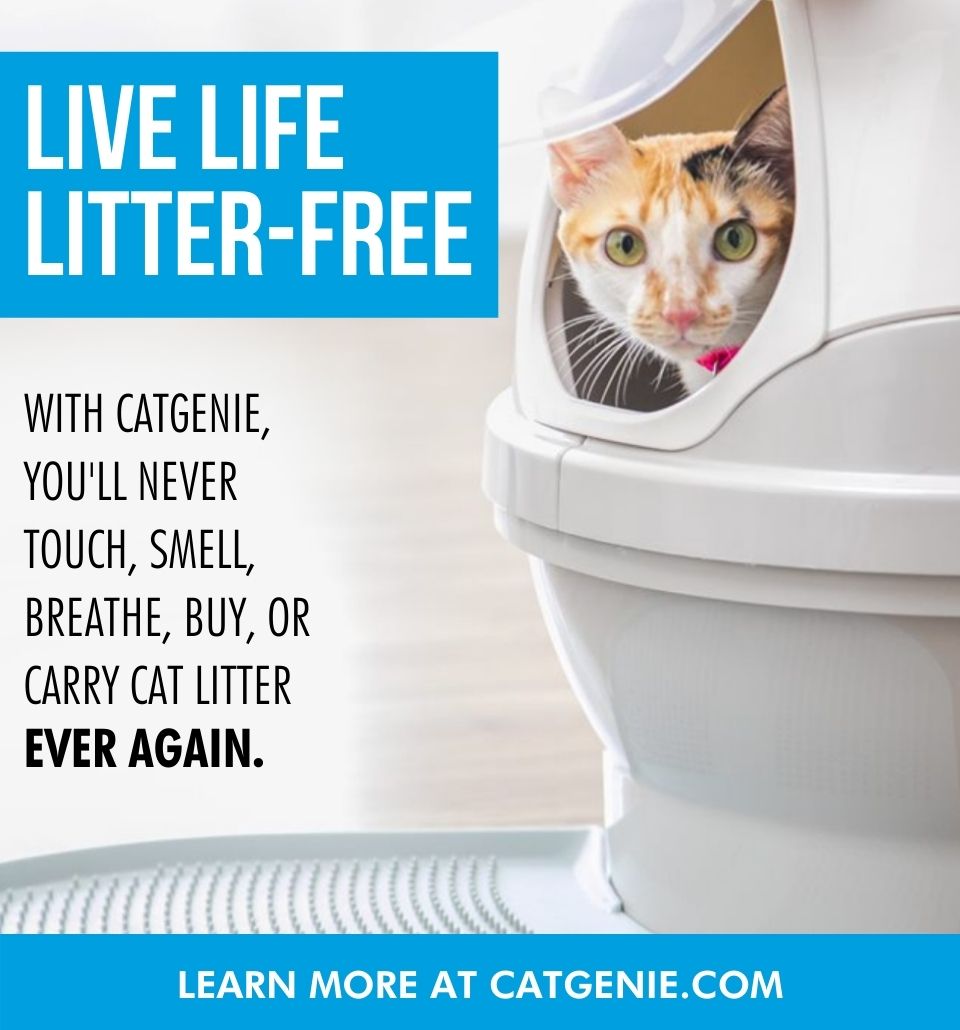I talk to my cats. All the time. Even though I know they don’t understand English, I can’t help communicating in my own way with these small fluffy beasts who hold my heart hostage and demand tributes of tuna and catnip.
And you know what? Tiger Jack and Daenerys talk to me too. No doubt bemused by the garbled mess of noises that I make, they attempt to communicate with me in meows – which isn’t a usual method of communication among mature cats. Adult cats generally communicate with each other through facial expression, body language, scent and touch. Meowing is an infantile activity, but one that seems to work with humans – so our cats develop a simple series of customized meows for their poor beleaguered owners. Essentially, THEY are training US. It’s true that you will be able to interpret your cat’s meows in a way no one else can – goodness knows I can tell you EXACTLY whether Tiger Jack is hungry, bored, or being bossy.
Even with this meow-familiarity, however, you cannot get a full understanding of your cat without learning their native language a little better. The human nose is pretty poorly suited for the job, but we can learn to understand nonverbal cat body language; that can make the difference between a happy cat home or a house of blockheaded dismay.
Let’s begin.
KEEP YOUR EYE ON THE TAIL
Is your cat’s tail up? If your cat’s tail is up like a proud flag in the air, fur relaxed, then that’s one happy or curious cat. A happy or excited cat’s tail may curl at the end, or even vibrate. This cat is comfortable and delighted with the world.
 Photo by Trish Hamme, unaltered, used under a CC license.
Photo by Trish Hamme, unaltered, used under a CC license.
Is that tail lashing? Batten down the hatches and pull back your hand! This kitty is irritated, and the speed of the lashing telegraphs the degree of agitation. This may be an excited agitation – sometimes cats get overstimulated during petting or play; it could also be fear or aggression.
 Photo by Barbara Wells, unaltered, used under a CC license.
Photo by Barbara Wells, unaltered, used under a CC license.
Is your cat’s tail held low or tucked between their legs? That cat is feeling afraid or anxious, with no confidence. Do not behave aggressively toward the cat, and let them approach you on their terms. You may help them by sitting quietly nearby, seeming to ignore them, then responding to their overtures.
EYE CONTACT, DO’S AND DON’TS
DON’T stare directly into your cat’s eyes for more than a moment. This makes you look like an aggressive jerk and your cat becomes uncomfortable. (The only jerks cats like to hang out with are themselves.)
DO pay attention to whether your cat gives you slow blinks, and give them in return. A slow blink – y’know, a cat closing their eyes around another potential predator – is a big deal! It shows a large degree of comfort, maybe affection. They trust you. Share that trust.
 Photo by Steve Lyon, unaltered, used under a CC license.
Photo by Steve Lyon, unaltered, used under a CC license.
DO pay attention to pupil dilation when gauging your cat’s state. Large, dilated pupils indicate that the cat is taking in as much visual information as possible – this could be due to playful excitement or extreme fear, which you should be able to figure out from other cues. Narrow pupils show the cat is focusing more tightly, which could be due to aggression. (Pupil dilation is also affected by light availability, so keep that in mind.)
 Photo by Gabriela, unaltered, used under a CC license.
Photo by Gabriela, unaltered, used under a CC license.
HIGH CAT, LOW CAT
Cat’s express different attitudes with the help of high postures and low postures, ranging, for example, from the Halloween cat pose, to the belly reveal or side-tumping.
Is your cat’s tail straight up and bushy, paired with an arched back and raised fur? This is the classic “Halloween cat” posture, and means your cat is freaked the hell out. She feels threatened or startled by something, and is trying to make herself appear bigger to any aggressors. She may accompany this with a funny-looking sideways movement, but don’t laugh – your kitty’s scared.
 Photo by Andreas D., unaltered, used under a CC license.
Photo by Andreas D., unaltered, used under a CC license.
Is your cat sprawled on his back, eyes half open, maybe purring? This cat is full of contentment and trust, leaving himself vulnerable. However, if the cat is laying on his back while hissing and flashing claw, he is NOT content but getting ready to cut a fool. Is your cat looking at another cat while sprawling like this, making trilling noises? He’s trying to communicate that they’re cool.
 Photo by Joanna Potratz, unaltered, used under a CC license.
Photo by Joanna Potratz, unaltered, used under a CC license.
Then there’s the matter of tumping – when your cat sprawls on her side, often just in front of you or another cat. She might also turn her head upside down, baring the underside of her throat, and blink slowly. This could be a “we’re cool” gesture, as well as an invitation to play. If there are any paws waving about, it’s definitely play!
 Photo by John Hritz, unaltered, used under a CC license.
Photo by John Hritz, unaltered, used under a CC license.
ALWAYS MORE TO LEARN
There are, of course, far more postures and nuances to a cat’s communication, but this is enough to get you started. For example, we didn’t touch on ear positions, or purring (which can indicate contentment but also fear or pain), or the regular attempted murder by tripping that is your cat rubbing at your shins and twining about your feet. YouTube is a great resource for learning more about cat language visually, along with websites like: this WebMD Pet Health Feature, and The Humane Society of the United States’ Cat Chat.
Now, pardon me. Daenerys says it’s time to throw the stuffed fish around.
Pin our new Cat Behaviors info graphic below!







